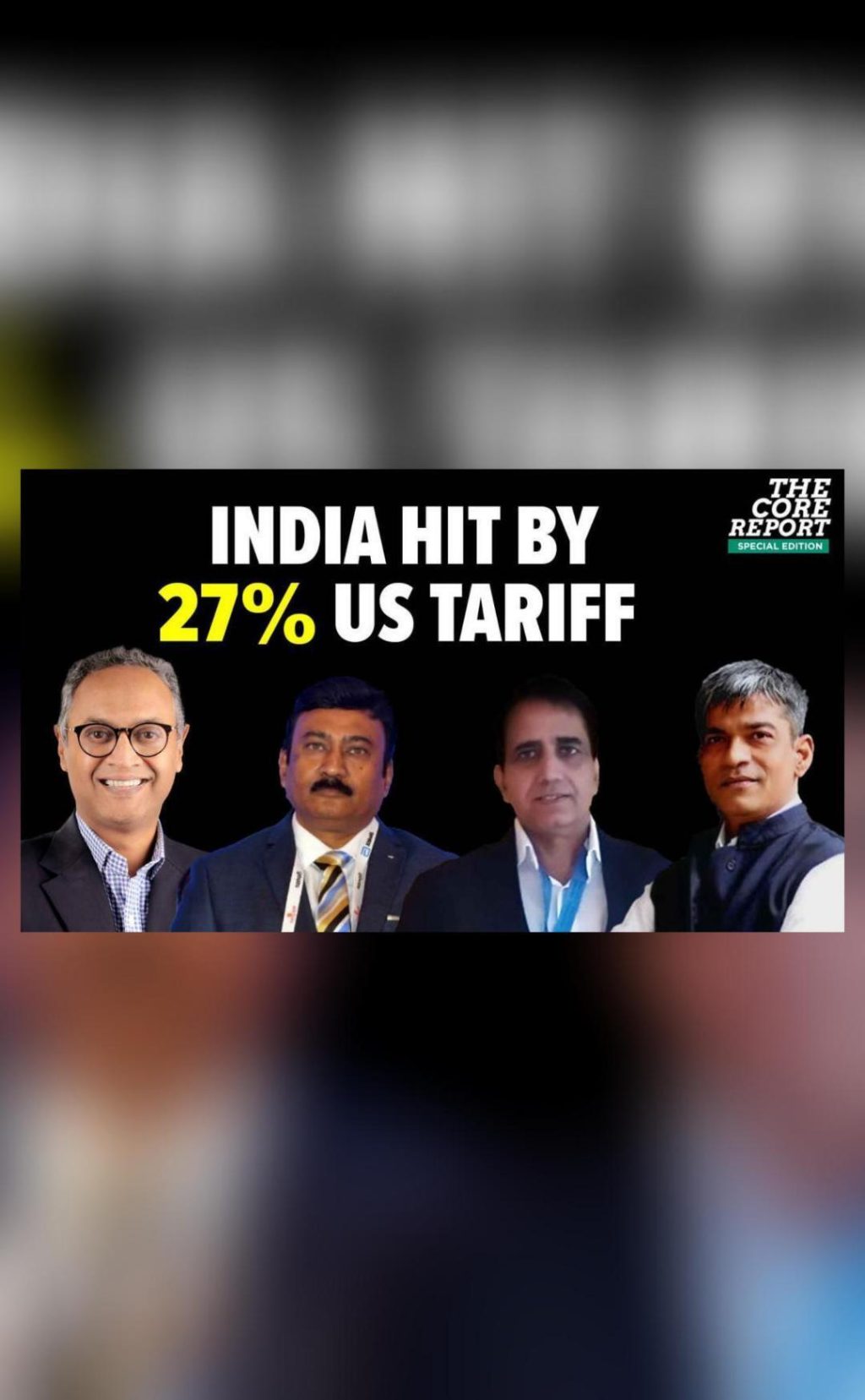
India Weighs Trade Strategy as US Tariffs Take Effect
In a significant development, the United States has imposed 27% tariffs on key Indian exports, sparking concerns about the impact on various sectors, including apparel and electronics. While pharmaceuticals have been exempt from the tariffs, experts warn that other sectors may feel the strain. Moreover, they highlight the need for internal reforms in Goods and Services Tax (GST) and manufacturing to maintain India’s competitiveness in the rapidly shifting global trade landscape.
The US tariffs, which took effect on June 5, are part of the ongoing trade tensions between the two nations. The move is expected to affect a range of Indian exports, including textiles, leather goods, and electronics. The Indian government has been trying to negotiate with the US to resolve the issue, but so far, no concrete agreement has been reached.
The apparel sector, which is one of India’s largest export earners, is likely to be severely affected by the tariffs. Indian apparel exporters have been struggling to cope with the changing global trade landscape, and the new tariffs are expected to further erode their competitiveness. The sector, which generates significant employment opportunities, is also a major contributor to India’s GDP.
The electronics sector, which has been growing rapidly in recent years, is another area of concern. The tariffs are expected to increase the cost of Indian electronics exports to the US, making them less competitive in the global market. This could lead to a decline in exports and a loss of market share for Indian companies.
However, pharmaceuticals have been exempt from the tariffs, a move that is seen as a relief for the sector. Indian pharmaceutical companies are major players in the global market, and the exemption is expected to help them maintain their market share.
Despite the exemption, experts warn that the new tariffs pose wider risks to India’s economy. Non-tariff barriers, such as complex regulations and bureaucratic hurdles, can make it difficult for Indian companies to export goods to the US. This could lead to a decline in exports and a loss of revenue for the government.
Moreover, the tariffs are expected to have a broader impact on India’s economy. The country’s manufacturing sector, which is a major driver of growth, is likely to be affected by the tariffs. The sector has been facing challenges in recent years, including high logistics costs, bureaucratic hurdles, and a lack of skilled labor. The tariffs are expected to exacerbate these challenges, making it difficult for Indian companies to compete in the global market.
To maintain its competitiveness in the global market, India needs to address these internal challenges. One key area of focus is the GST, which has been criticized for its complexity and bureaucratic hurdles. The GST has been a major source of frustration for Indian businesses, which have struggled to navigate the complex tax regime.
Reforms to the GST system are urgently needed to simplify the tax regime and reduce the bureaucratic hurdles faced by businesses. This could include the introduction of a single GST rate, simplification of the tax return process, and the reduction of compliance costs.
Another key area of focus is manufacturing, which needs to be strengthened to improve India’s competitiveness in the global market. This could include investments in infrastructure, education, and skill development. The government also needs to provide incentives to attract foreign investment and encourage domestic investment in the manufacturing sector.
In conclusion, the new tariffs imposed by the US on Indian exports are a significant challenge for the country’s economy. While pharmaceuticals have been exempt from the tariffs, other sectors like apparel and electronics may feel the strain. To maintain its competitiveness in the global market, India needs to address internal challenges like the GST and manufacturing. Reforms to these areas are urgently needed to simplify the tax regime, reduce bureaucratic hurdles, and strengthen the manufacturing sector.
Source: https://youtu.be/E7AcW4bsz8U






